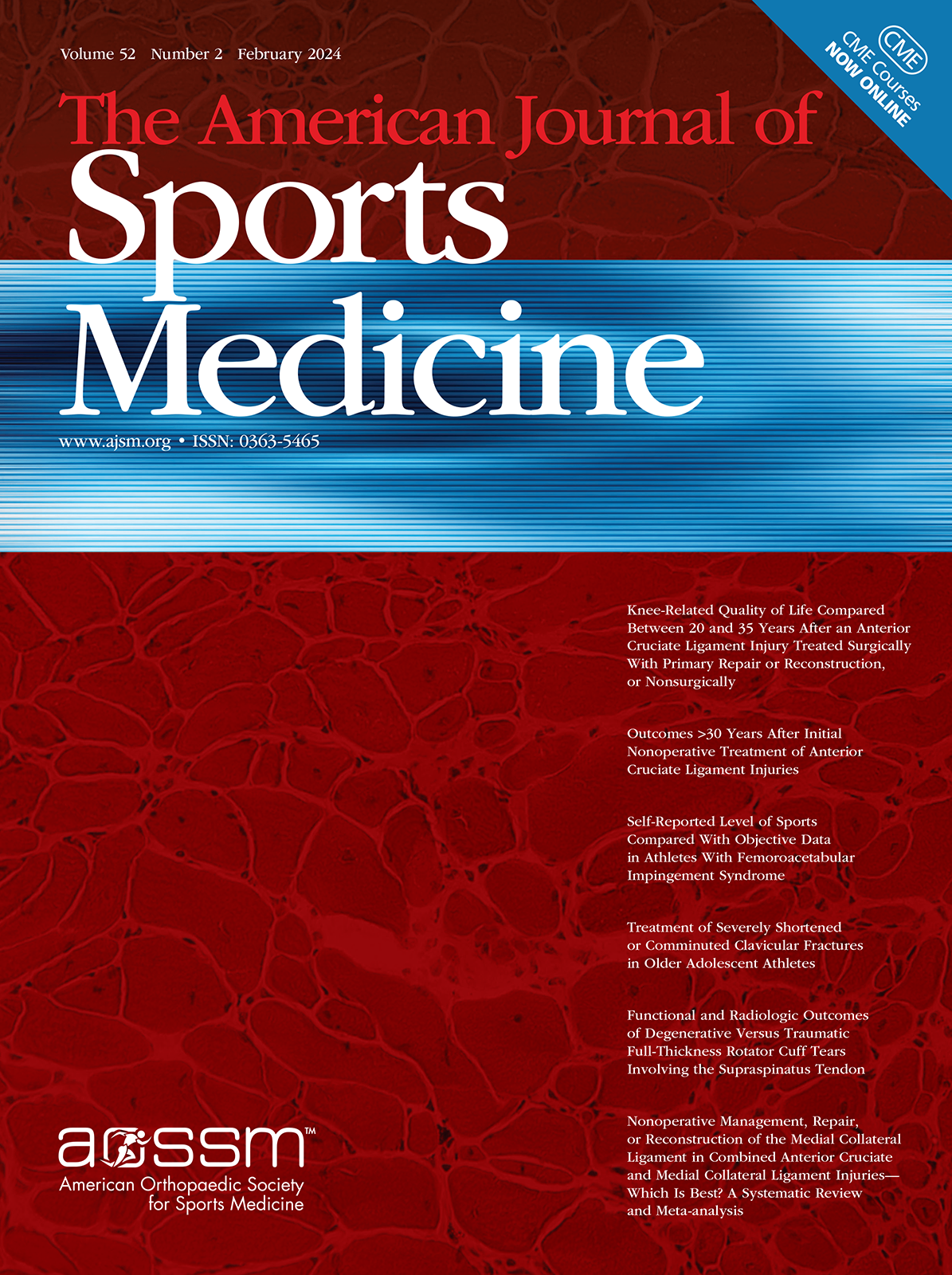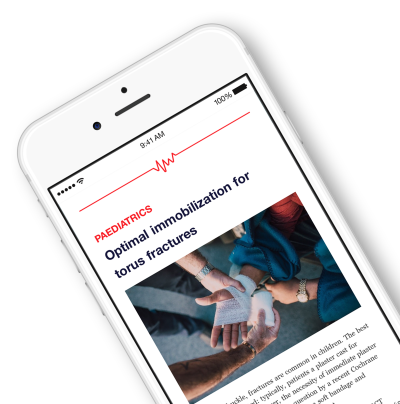
Achilles tendon rupture: Surgery with accelerated rehab similar to non-surgical treatment .
This study has been identified as potentially high impact.
OE's AI-driven High Impact metric estimates the influence a paper is likely to have by integrating signals from both the journal in which it is published and the scientific content of the article itself.
Developed using state-of-the-art natural language processing, the OE High Impact model more accurately predicts a study's future citation performance than journal impact factor alone.
This enables earlier recognition of clinically meaningful research and helps readers focus on articles most likely to shape future practice.
Stable Surgical Repair With Accelerated Rehabilitation Versus Nonsurgical Treatment for Acute Achilles Tendon Ruptures
Am J Sports Med. 2013 Dec;41(12):2867-76. doi: 10.1177/0363546513503282. Epub 2013 Sep 6.101 patients with an acute Achilles tendon rupture were randomized to one of two groups: a surgical group, wherein surgical repair was performed and early weight-bearing was encouraged, or a non-surgical group, wherein patients were treated conservatively and early weight-bearing was also encouraged. The purpose of this study was to evaluate these two treatment methods with respect to functional outcomes. Results indicated that patients in the surgical group were not significantly different than the non-surgical group with respect to function, physical activity levels post-injury, quality of life, and the incidence of re-ruptures.
Unlock the Full ACE Report
You have access to 4 more FREE articles this month.
Click below to unlock and view this ACE Reports
Unlock Now
Critical appraisals of the latest, high-impact randomized controlled trials and systematic reviews in orthopaedics
Access to OrthoEvidence podcast content, including collaborations with the Journal of Bone and Joint Surgery, interviews with internationally recognized surgeons, and roundtable discussions on orthopaedic news and topics
Subscription to The Pulse, a twice-weekly evidence-based newsletter designed to help you make better clinical decisions
Exclusive access to original content articles, including in-house systematic reviews, and articles on health research methods and hot orthopaedic topics
































































